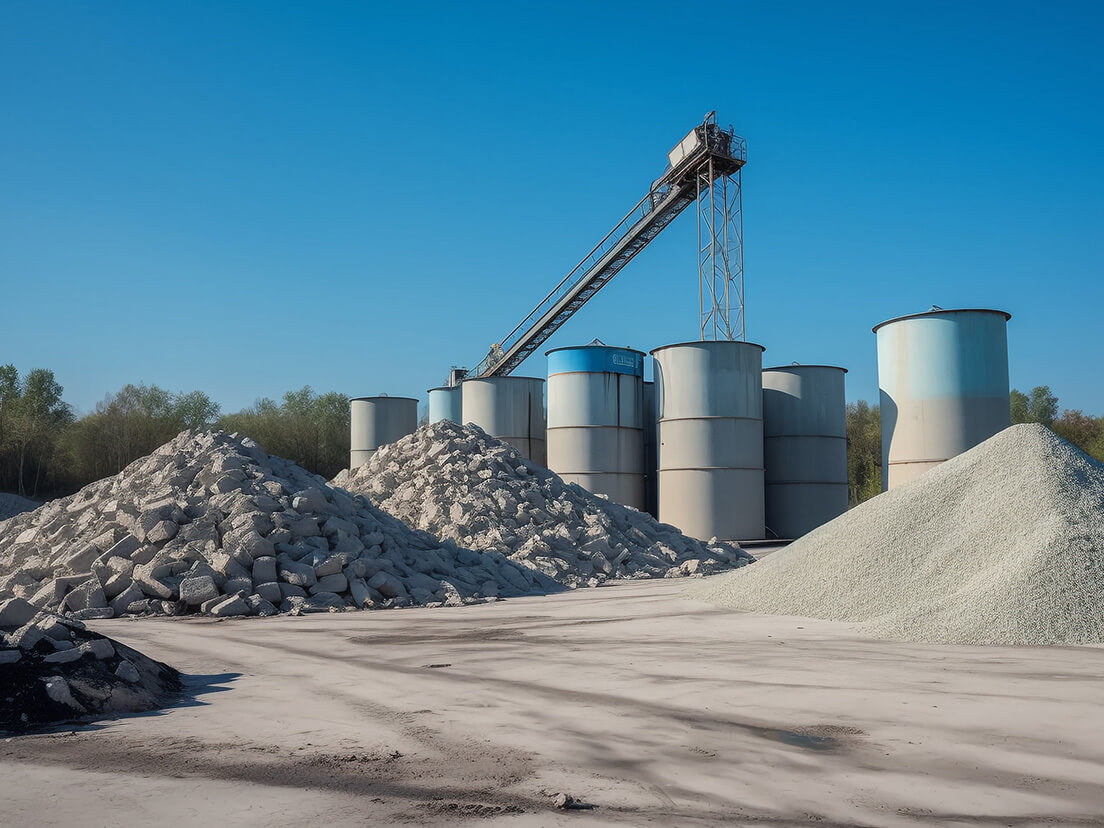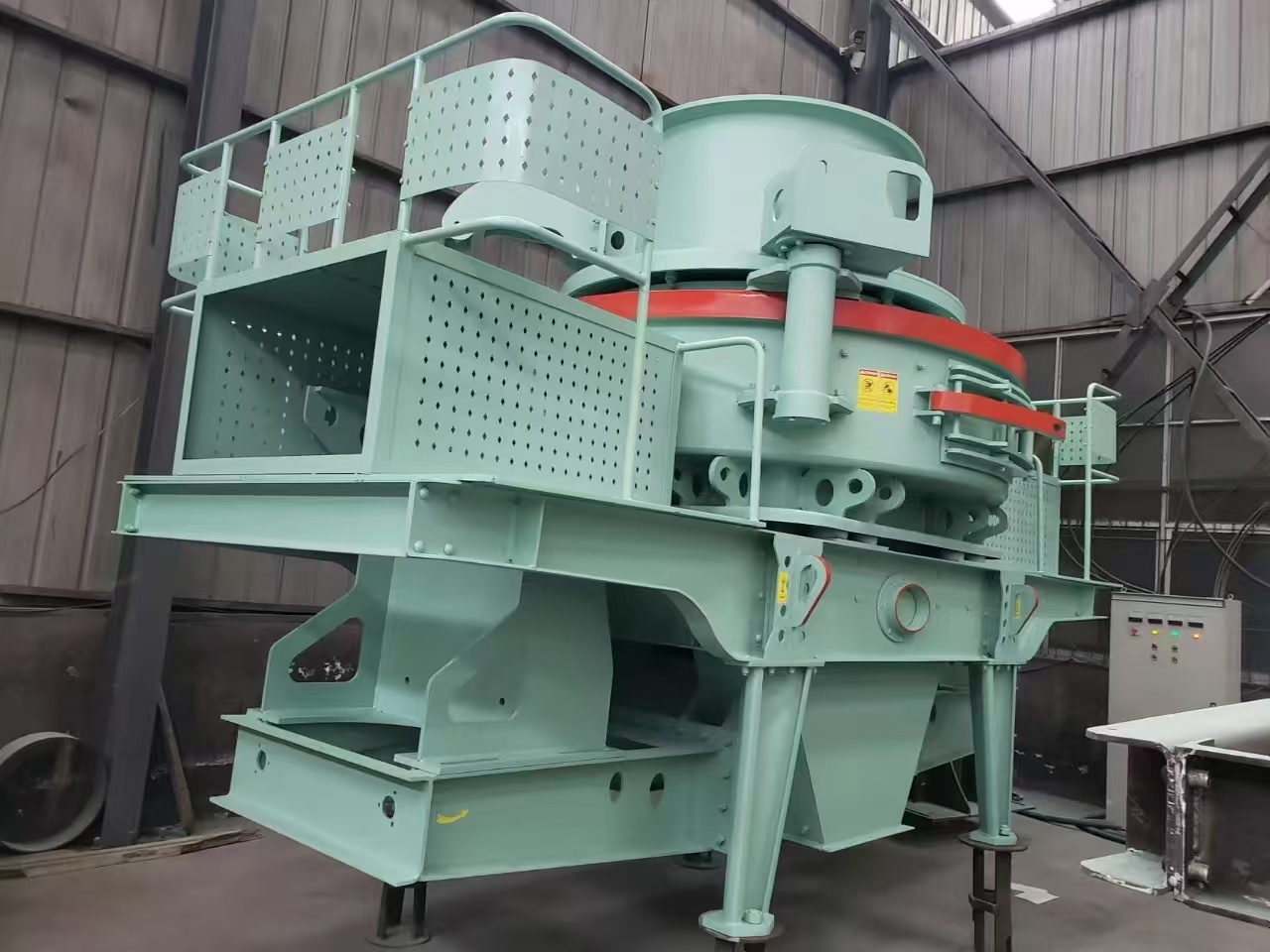How Jaw Crusher Pulley Design Affects Performance and Durability
Release time:
2025-05-31
Understanding Jaw Crusher Design: The Role of the Pulley Jaw crushers are essential machines in the manufacturing processing industry, particularly in the **mining** and **construction sectors**. They are designed to break down large rocks into smaller, manageable pieces. A critical component of the jaw crusher's operation is the **pulley system**, which plays a significant role in the overall per
Understanding Jaw Crusher Design: The Role of the Pulley
Jaw crushers are essential machines in the manufacturing processing industry, particularly in the **mining** and **construction sectors**. They are designed to break down large rocks into smaller, manageable pieces. A critical component of the jaw crusher's operation is the **pulley system**, which plays a significant role in the overall performance and durability of the machinery. This article explores how the design of jaw crusher pulleys significantly influences the **efficiency**, **safety**, and **lifecycle** of these machines.
The Core Function of the Pulley in Jaw Crushers
The pulley serves as an essential component in the jaw crusher's mechanics. It converts rotary motion from the motor into linear motion, allowing the jaw plates to compress and break materials effectively. The pulley’s design directly affects several key aspects:
1. Power Transmission Efficiency
The efficiency of power transmission is paramount. A well-designed pulley ensures smooth operation, minimizing energy loss during the conversion process. **High-quality materials** and precise engineering lead to a pulley system that can handle significant loads without slippage.
2. Operational Longevity
Durability is another critical factor. A pulley designed with durable materials and in an optimal shape can withstand the stress of continuous operation. This reduces the risk of **frequent replacements** and maintenance, enhancing the overall lifecycle of the jaw crusher.
3. Vibration Reduction
Excessive vibrations can lead to premature wear and tear. A thoughtfully engineered pulley system can help in dampening vibrations, contributing to a smoother operation. This aspect is especially crucial in heavy-duty applications where the machinery is subjected to severe stress.
Key Design Elements of Jaw Crusher Pulleys
When analyzing the performance of jaw crushers, it’s important to consider the specific design elements of the pulleys. Several factors play a pivotal role in determining how effectively a jaw crusher operates.
1. Material Selection
The choice of material for the pulley is vital. **Steel**, **cast iron**, and **aluminum** are common materials used in pulley manufacturing. Steel offers high tensile strength and resistance to wear, making it suitable for heavy-duty applications. Cast iron, while durable, can be more brittle, and aluminum is lightweight but may not withstand heavy impacts as well as steel.
2. Size and Dimensions
The size of the pulley affects the **torque** and **speed** of the jaw crusher. Larger pulleys can transmit more power but may also require more energy to accelerate. Conversely, smaller pulleys can provide quicker response times but may lead to reduced torque. Finding the right balance is crucial for optimal performance.
3. Pulley Groove Design
The design of the grooves on the pulley is critical for maintaining belt alignment and preventing slippage. Different configurations, such as **V-grooves** or **flat grooves**, can impact the effectiveness of power transfer. The choice of groove design must align with the type of belt used and the operational demands of the crusher.
4. Weight Distribution
Proper weight distribution within the pulley is essential. Uneven weight can cause vibrations and lead to failure. A well-balanced pulley minimizes wear on bearings and extends the lifespan of the entire system.
The Impact of Pulley Design on Performance Metrics
The design of the pulley directly correlates with several performance metrics of the jaw crusher.
1. Crushing Efficiency
Crushing efficiency refers to how effectively the jaw crusher can break down materials. A pulley that operates smoothly increases the speed of the jaw movement, enhancing the rate of material processing. Improved crushing efficiency leads to higher output and reduced operational costs.
2. Energy Consumption
Energy consumption is a critical consideration in any industrial operation. Efficient pulley design reduces friction and energy loss, leading to lower operational costs. This not only benefits the environment but also improves the **profit margins** for businesses.
3. Maintenance Intervals
Enhanced durability of pulleys leads to extended maintenance intervals. Well-constructed pulleys can last longer, reducing downtime for repairs or replacements. This allows for more continuous operation and better productivity.
Innovations in Pulley Design for Jaw Crushers
As technology advances, so does the design of jaw crusher pulleys. Several innovative approaches are being explored to enhance performance and durability.
1. Advanced Material Technologies
The development of composite materials and alloys has led to stronger and lighter pulley designs. These materials can withstand higher loads while contributing to reduced wear and tear.
2. Computer-Aided Design (CAD)
Modern design processes often utilize CAD software to simulate pulley performance under various conditions. This allows engineers to optimize designs before manufacturing, ensuring that the final product meets the necessary specifications for performance and durability.
3. 3D Printing Techniques
3D printing is revolutionizing the manufacturing process of pulleys. This technique allows for more complex designs that were previously difficult to achieve, enhancing performance metrics while minimizing waste.
Practical Tips for Optimizing Jaw Crusher Pulley Design
To maximize the benefits of pulley design, consider the following practical tips:
1. Collaboration with Engineers
Work closely with mechanical engineers who specialize in machinery design. Their expertise can guide you in optimizing the pulley design for your specific operational needs.
2. Regular Performance Assessments
Conduct regular assessments of the pulley system to identify any signs of wear or inefficiency. Early detection of issues can prevent costly repairs and downtime.
3. Invest in Quality Components
Always opt for high-quality materials and components when designing or replacing pulleys. Cheaper alternatives might save money upfront but can lead to higher maintenance costs in the long run.
Frequently Asked Questions (FAQs)
1. What materials are best for jaw crusher pulleys?
**Steel** is the most common choice due to its strength and durability, while **cast iron** and **aluminum** are also used depending on specific applications and requirements.
2. How often should I inspect the jaw crusher pulley system?
Regular inspections every few months or after significant operational periods can help identify potential issues before they escalate.
3. Can pulley design impact the safety of jaw crushers?
Yes, a well-designed pulley system can minimize the risk of mechanical failure, contributing to a safer working environment.
4. What is the role of the pulley in energy efficiency?
An efficient pulley system reduces energy loss during power transmission, leading to lower operational costs and better overall energy efficiency.
5. How can I improve the durability of jaw crusher pulleys?
Using high-quality materials, ensuring proper design, and maintaining regular inspection schedules can significantly enhance the durability of jaw crusher pulleys.
Conclusion
The design of jaw crusher pulleys plays an indispensable role in determining the performance and durability of the machinery. From material selection to weight distribution, each design element influences operational efficiency, energy consumption, and maintenance needs. By focusing on innovative design practices and regular assessments, businesses can optimize their jaw crushers for improved output and longevity. Investing in quality components and collaborating with engineers can yield significant long-term benefits, ultimately enhancing productivity in the manufacturing processing industry. Understanding and leveraging the intricacies of jaw crusher pulley design will ensure that your machinery operates at its best, driving success in today’s competitive landscape.
Key words:
Learn more about industry dynamics
A mining machinery manufacturing enterprise that mainly produces crushing and screening machinery, integrating R & D, design, processing, manufacturing, sales and after-sales service.
Focus on crushing and screening machinery industry solutions
58 Guangshen Road, Luoxin Park, Economic and Technological Development Zone, Xin'an County, Luoyang City, Henan Province
Online message
We will contact you within one working day. Please pay attention to your phone or email.








